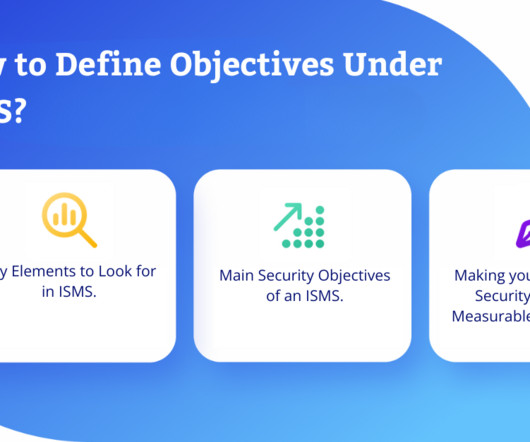Five ways to improve campus safety and security
everbridge
SEPTEMBER 21, 2023
By minimizing vulnerabilities and maximizing protection, physical security measures play a crucial role in maintaining campus safety. Conducting thorough annual risk assessments is pivotal to identifying vulnerabilities and potential areas for enhancement. Validate planning. Drive strong return on resilience investments.














Let's personalize your content